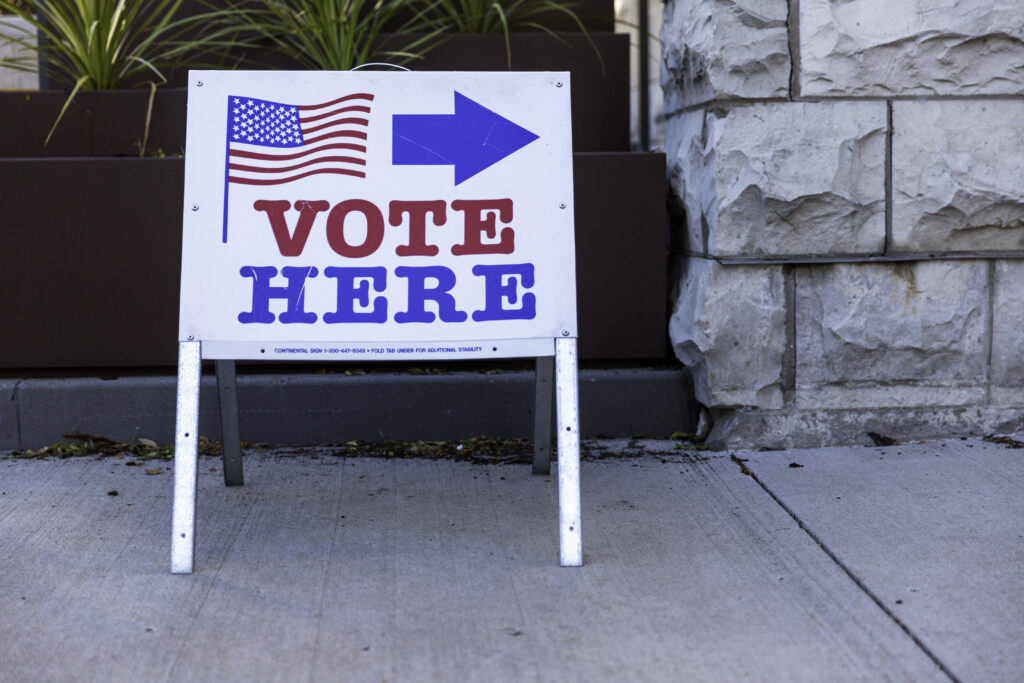Nearly 50 million U.S. adults—more than a fifth of the total adult population—smoke cigarettes. After vigorous public health efforts including taxes, education, and outright bans on smoking, the percentage of Americans who smoke has fallen by almost half in the past four decades.
In recent years, however, the number of Americans quitting cigarettes has begun to level off. No particular therapy is more than about 8 percent effective in causing smoking cessation. Consequently, some doctors and scientists suggest a “harm reduction” strategy in which smokers give up cigarettes but continue using tobacco or nicotine in different forms such as “e-cigarettes” and smokeless tobacco.
Electronic cigarettes, or “e-cigarettes,” have quickly become one of the most popular nicotine replacement products and a key building block in harm reduction strategies. According to the Wall Street Journal sales of e-cigarettes have doubled in the United States over the last five years, moving from $250 to $500 million in total sales. An e-cigarette vaporizes a solution of either propylene glycol or glycerin with a weak concentration of nicotine; this simulates the act of smoking and gives smokers their nicotine fix while eliminating the harmful compounds found in tobacco smoke.
Despite these benefits, some public health crusaders argue e-cigarettes should be banned. In the past year at least six states have proposed legislation to prohibit the sale of e-cigarettes to minors, and four states would add e-cigarettes to products covered under smoking bans. These critics and the U.S. Food and Drug Administration claim chemicals found in e-cigarette vapor could cause health problems. They also argue the main focus of tobacco policy should be the end of all nicotine use, regardless of source.
Supporters of the freedom to use e-cigarettes argue the devices are a viable nicotine replacement therapy. E-cigarettes mimic many of the physiological and psychological triggers of smoking without transmitting the toxins present in tobacco smoke. E-cigarette advocates also note the FDA’s acceptance of similar nicotine replacement products at similar concentrations and point to the flawed methodology of studies showing dangers from e-cigarettes. The American Association of Public Health Physicians has concluded e-cigarettes might “save the lives of 4 million of the 8 million current adult American smokers.”
The following articles examine electronic cigarettes and tobacco harm reduction from multiple perspectives.
Helping Smokers Quit: The Science Behind Tobacco Harm Reduction
https://heartland.org/publications-resources/publications/helping-smokers-quit-the-science-behind-tobacco-harm-reduction
This publication from the American Council on Science and Health (ACSH) summarizes the major findings of the most recent comprehensive overview of the scientific literature on tobacco harm reduction, undertaken by Dr. Brad Rodu, professor of medicine and endowed chair in tobacco harm reduction at the University of Louisville.
Tobacco Harm Reduction Emerges as Viable Public Health Strategy
https://heartland.org/publications-resources/publications/research–commentary-tobacco-harm-reduction
Sean Parnell writes in The Heartlander digital magazine about the emergence of tobacco harm reduction and nicotine replacement products and their potential in tobacco cessation. Parnell discusses recent shifts in tobacco policy toward harm reduction and the success of such efforts in Sweden.
Concerns Voiced by Public Health Experts about Electronic Cigarettes
http://www.fda.gov/NewsEvents/PublicHealthFocus/ucm173175.htm
Opponents of the freedom to use electronic cigarettes, including several public health groups, voice their arguments in a News & Events publication from the Food and Drug Administration.
Tobacco Harm Reduction: An Alternative Cessation Strategy for Inveterate Smokers
https://heartland.org/publications-resources/publications/tobacco-harm-reduction-an-alternative-cessation-strategy-for-inveterate-smokers
Brad Rodu and William T. Godshall describe traditional and modern smokeless tobacco products and document the prevalence of their use in the United States and Sweden. Their report also describes evidence smokeless tobacco has served as an effective substitute for cigarettes among Swedish men, who consequently have one of the developed world’s lowest smoking-related mortality rates. The authors also document misinformation being spread about smokeless tobacco products.
Opposition to Marketing of “Reduced Risk” Tobacco Products
http://www.apha.org/advocacy/activities/actionissues/legislativeactionreducedrisk.htm
In a letter to Congress, a coalition of health care groups, including the American Public Health Association, calls for government controls over how “reduced-risk” tobacco products are marketed. The authors argue advertisements could lead smokers to believe these “reduced-risk” products are a safe alternative to quitting.
A Tool to Quit Smoking Has Some Unlikely Critics
http://www.nytimes.com/2011/11/08/science/e-cigarettes-help-smokers-quit-but-they-have-some-unlikely-critics.html
John Tierney argues the classic roles of abstinence and harm reduction appear to be reversed, with conservatives favoring harm reduction through the use of e-cigs and liberal groups favoring limits on e-cigarettes while promoting other nicotine replacement products and abstinence strategies.
Dr. Brad Rodu: E-Cigarettes
https://heartland.org/news-opinion/news/the-e-cigarette-revolution?source=policybot
Matthew Glans, Midwest director for the Center on Finance, Insurance, and Real Estate at The Heartland Institute, speaks with Dr. Brad Rodu, Endowed Chair in Tobacco Harm Reduction Research at the University of Louisville’s James Graham Brown Cancer Center, about electronic cigarettes and their role in tobacco harm reduction.
Public Health Physicians’ Group Endorses Harm Reduction as Alternative to Smoking
https://heartland.org/news-opinion/news/public-health-physicians-group-endorses-harm-reduction-as-alternative-to-smoking
Jillian Melchior writes in The Heartlander digital magazine about the American Association of Public Health Physicians’ endorsement of tobacco harm reduction, in which smokers substitute other forms of tobacco and nicotine for cigarettes, cigars, and pipes instead of quitting outright, as a last resort for chronic tobacco users. The endorsement, made public at the end of 2008, is noteworthy because it is the first time a U.S. medical organization has endorsed tobacco harm reduction as a strategy for reducing deaths due to tobacco use. The article includes comments from opponents, who argue the goal should remain total cessation of tobacco use.
Tobacco and Tobacco Products at a Crossroads in the 21st Century
http://heartland.org/policy-documents/tobacco-and-tobacco-products-crossroads-21st-century
Tobacco and health policy consultant Scott D. Ballin outlines a series of issues he says must be considered as part of the debate if harm reduction is to move forward.
The Scientific Foundation for Tobacco Harm Reduction, 2006-2011
https://heartland.org/publications-resources/publications/the-scientific-foundation-for-tobacco-harm-reduction-2006-2011
In Harm Reduction Journal, Brad Rodu reviews and analyzes influential contributions to the scientific and medical literature on tobacco harm reduction and discusses the issues that continue to stimulate debate.
The FDA Kills Smokers
http://reason.com/archives/2011/11/17/the-fda-kills-smokers
At Reason.com, John Stossel criticizes the FDA for trying to ban and over-regulate e-cigarettes. Although e-cigarettes may present some risks, those risks are small compared to the risk posted by regular cigarettes. E-cigarettes’ use in nicotine replacement therapy could save thousands of lives, Stossel argues.
Nothing in this Research & Commentary is intended to influence the passage of legislation, and it does not necessarily represent the views of The Heartland Institute. For further information on this and other topics, visit the Heartland Institute’s Web site at http://heartland.org, and PolicyBot, Heartland’s free online research database, at www.policybot.org.
If you have any questions about this issue or The Heartland Institute, contact Heartland Senior Policy Analyst Matthew Glans at 312/377-4000 or [email protected].



